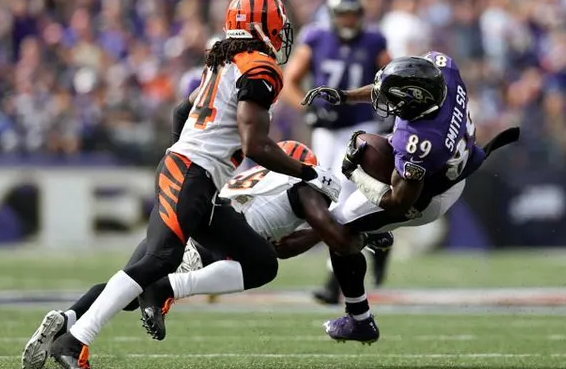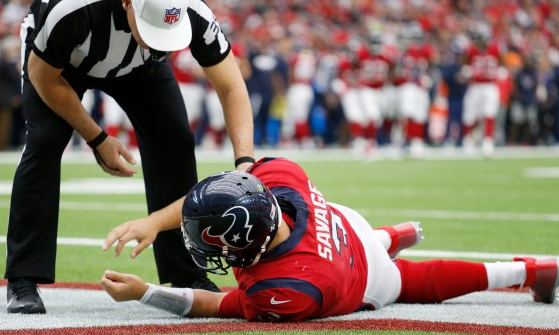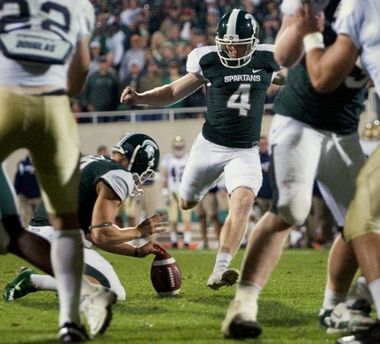American football is a sport that is renowned for its physicality, athleticism, and strategic play. However, the inherent nature of the sport also brings forth concerns about player safety. Over the years, the debate over player safety in American football has gained significant traction, with discussions centred on the risks of concussions, the impact of long-term injuries, and the role of rule changes and protective equipment.

Concussions: A Looming Threat
Concussions, traumatic brain injuries caused by sudden blows to the head, are a prevalent concern in American football. The repetitive nature of collisions and tackles increases the likelihood of players experiencing concussions, which can have both immediate and long-term consequences.
The immediate effects of concussions include headaches, dizziness, nausea, confusion, and memory problems. In severe cases, concussions can lead to loss of consciousness, seizures, and even death.
Long-term effects of concussions are a growing concern, with studies suggesting a link between repeated concussions and chronic traumatic encephalopathy (CTE), a degenerative brain disease that can cause cognitive decline, emotional instability, and behavioural changes.
The Debate over Long-Term Injuries
The debate over player safety extends beyond concussions to encompass the broader issue of long-term injuries. The physical demands of American football can lead to a range of injuries, including musculoskeletal injuries, spinal cord injuries, and career-ending ailments.
Proponents of stricter safety measures argue that the long-term effects of these injuries can have a profound impact on players’ lives, affecting their physical health, mental well-being, and earning potential. Furthermore, they advocate for rule changes, improved protective equipment, and more stringent enforcement of safety protocols to minimize the risk of serious injuries.
Rule Changes and Protective Equipment
The NFL and other football organizations have implemented various measures to address player safety concerns. Rule changes have been introduced to penalize dangerous hits, limit unnecessary contact, and promote safer tackling techniques. Additionally, advancements in protective equipment, such as helmets, padding, and mouthguards, have aimed to absorb impact and reduce the severity of injuries.
However, striking a balance between player safety and preserving the competitive nature of the sport is a delicate task. Excessive emphasis on safety could compromise the physicality and excitement that many fans find appealing. Moreover, rule changes and equipment modifications can inadvertently alter the fundamental dynamics of the game.
Conclusion
The debate over player safety in American football is likely to continue as the sport evolves and scientific understanding of concussions and injury risks deepens. Striking a balance between protecting players and preserving the essence of the game remains a challenge.
The NFL and other football organizations must continue to prioritize player safety by investing in research, implementing evidence-based rule changes, and promoting a culture of safety within the sport. Players, coaches, and fans also play a role in upholding safety standards by understanding the risks, reporting injuries promptly, and encouraging responsible play.
Ultimately, the goal is to create an environment where players can compete at the highest level while minimizing the risk of long-term injuries and ensuring their well-being beyond the football field.




